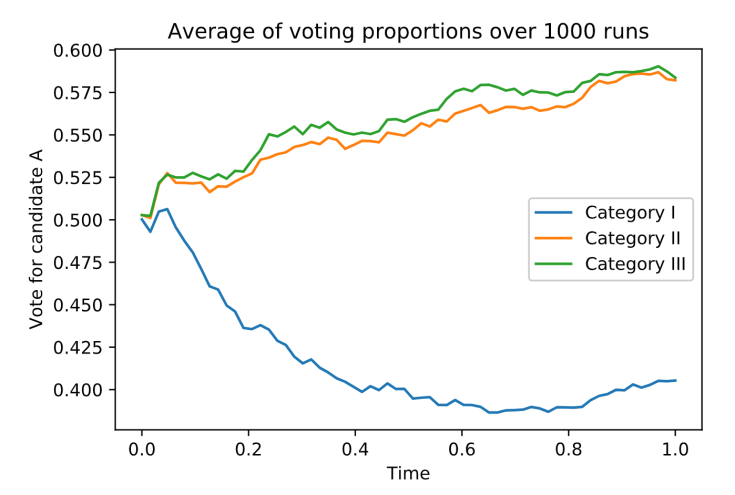Fake news is not something new, but it catches our attention since the 2016 presidential election campaign. Some people label a piece of news fake news if it does not align with its ideological elements in its analysis. Fake news are necessarily biased, although truth are inevitably not neutral as well. While a lot of technological tycoons want to handle fake news appropriately in their platform, a lack of a formal definition makes it difficult.
It has been introduced in previous entry that in order to detect fake news using machine learning, we have to provide a corpus. This provides a paveway to train supervised learning models.
Recently, some people look at this problem in a different way from the sociological point of view. In order to evaluate the impact imposed by fake news, instead of having a machine learning model, we need a dynamical model of the spread of fake news. In their preprint in arXiv, Brody and Meier studied it using the tools in communication theory. They proposed that the flow of information is:
,
where is time,
is either 0 or 1 indicating the news is false or true respectively,
is noise (Brownian motion), and
is the fake news. The first term indicates that we have more information over time, and thus the flow of true information increases with time. This model assumes a linear evolution. The authors define
to be fake news if its expection $latex \mathop{\mathbb{E}} (F_t) \neq 0$. Depending on the situation,
and
are either independent or correlated.
To study the impact, the authors categorized voters into three categories:
- Category I: unaware of the existence of fake news, but act rationally;
- Category II: aware of the existence of fake news, but unaware of the time point when fake news emerges;
- Category III: fully aware of the existence of fake news, and fully eliminated them when making a judgement.
There are further mathematical models to model the election dynamics, but readers can refer the details to the preprint. With a piece of fake news in favor of candidate B, this model gives the influence of fake news on one’s judgment, as plotted below:
This dynamical model confirms that by eliminating the fake news, the voters make better judgment. However, with the awareness of the piece of fake news emerging at a time unknown to the voter, the impact is still disastrous.
To me, this study actually confirms that the fact check is useless in terms or curbing the turmoil introduced by fake news. The flow of information nowadays is so without viscosity that ways to eliminate fake news has to be derived. However, we know censorship is not the way to go as it is a highway to a totalitarian government. The future of democracy is dim.
